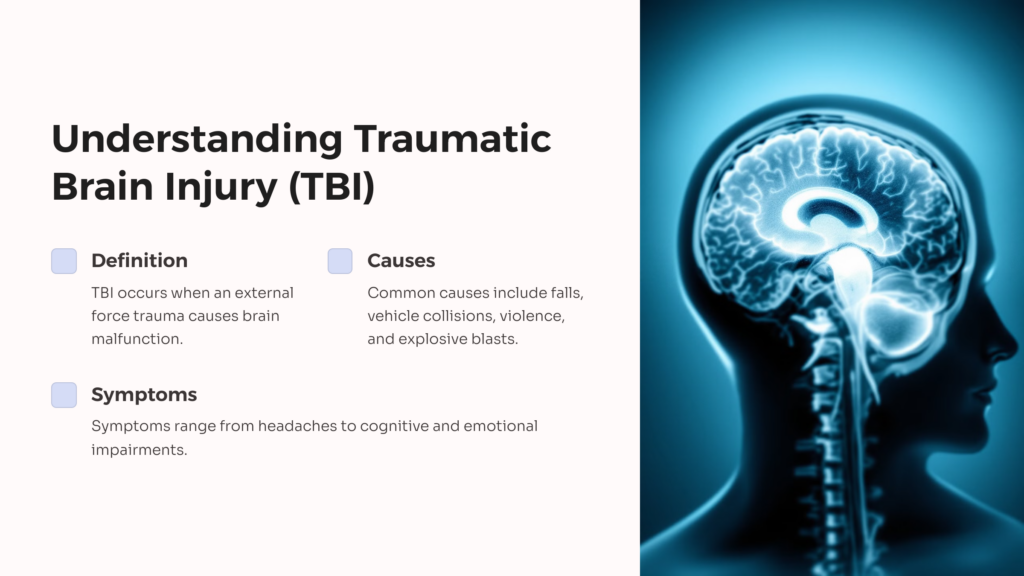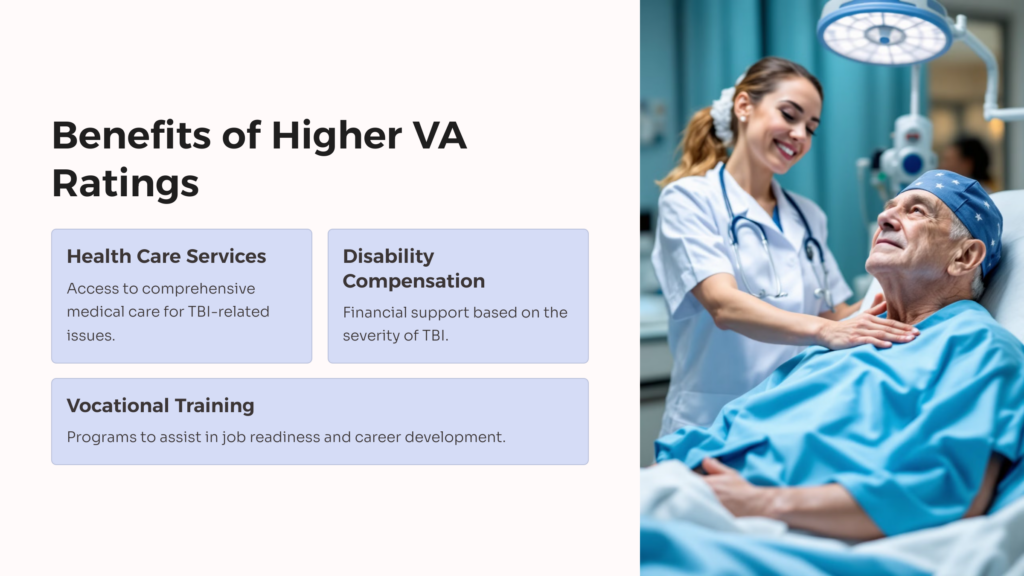In the realm of health concerns faced by military veterans, Traumatic Brain Injury (TBI) has started gaining attention. Due to their line of duty, veterans have a higher risk of experiencing TBI, as emphasized by the significant role the Veterans Affairs (VA) plays in managing and assisting these health hazards experienced during active service. It is crucial to elucidate Traumatic Brain Injury, Veterans Affairs’ role, and the implemented rating system. This article ventures into this subject matter, providing a broader understanding and necessitating its importance.
Understanding TBI

TBI or Traumatic Brain Injury is a complex injury with a broad spectrum of symptoms and complications. This form of brain injury is inflicted when an exterior force trauma causes the brain to malfunction.
The causes of TBI encompass a wide range and commonly include falls, vehicle-related collisions, violence, sports injuries, and explosive blasts during combat. The symptoms following a TBI can also vary, ranging from headaches, blurred vision, lightheadedness, dizziness to cognitive or emotional impairments like mood swings and difficulty in concentration.
TBI can chronically affect both mental and physical health. People who have sustained a TBI may experience enduring hardships, such as impaired thinking or memory, movement, sensation, or emotional functioning.
Understanding VA’s Approach to TBI
VA’s approach to TBI is composed of specialized care programs specifically curated to accommodate veterans’ unique needs. These programs emphasize comprehensive health care service integration, cognitive rehabilitation, and vocational therapy to help veterans reintegrate into their communities.
Importance of VA Rating for Veterans
The VA disability rating for veterans is paramount as it essentially determines the VA disability benefits a veteran would receive. A higher rating would entail more significant benefits that can greatly aid a veteran’s healing and coping process.
The VA TBI Rating System
The VA TBI rating system is a tool that evaluates the severity of a veteran’s condition and allocates a corresponding rating. This rating, ranging from 0% to 100%, influences the quantity and quality of benefits a veteran receives.

Several factors influence the VA ratings, and therefore compensation, for TBI, including the severity and frequency of symptoms, the overall effect of the symptoms on the veteran’s ability to function daily, and the impact on the veteran’s occupation.
A high VA rating is advantageous to veterans with TBI as it accrues more significant benefits. These benefits include but are not limited to health care services, disability compensation, and vocational training.
Understanding the VA TBI Rating Chart
The VA TBI Rating Chart is a systematic means to compute disability ratings, primarily based on the severity of the veteran’s head injury or neurological conditions. The ratings vary from 0% to 100%, with each percentage signifying the degree of disability.
Symbols, ranges, and terms used on the chart need a careful understanding. Most noted ones include “mild,” “moderate,” and “severe,” indicating the severity of TBI. A percentage range accompanies these terms that represents the corresponding rating for VA benefits.
Here’s some more information on different ratings given for TBI:
• 0% – A 0% rating means the veteran has a service connected TBI diagnosis, but there are no current residual disabilities associated with the TBI that impact functioning.
• 10% – A 10% rating is given when there is evidence of mild functional impairment due to three or more subjective TBI residuals that mildly interfere with work; instrumental activities of daily living; or work, family, or other close relationships. Examples include mild loss of memory, attention, concentration, or executive functions.
• 40% – A 40% rating is warranted when there is evidence of moderate functional impairment due to subjective TBI residuals that moderately interfere with work; instrumental activities of daily living; or work, family, or other close relationships. Or, there are one or more neurobehavioral effects that frequently interfere with, but do not preclude, workplace interaction, social interaction, or both.
• 70% – A 70% rating is given when there is evidence of severe functional impairment due to subjective residuals of TBI that severely interfere with work; instrumental activities of daily living; family; work, family, or other close relationships. Or, there are one or more neurobehavioral effects that interfere with or preclude workplace interaction, social interaction, or both on most days or that occasionally require supervision for safety of self or others.
• 100% – A 100% rating is warranted when there is evidence of total functional impairment due to subjective residuals of TBI that persistently preclude awareness of self and surroundings, markedly interfere with work; instrumental activities of daily living; family relationships; judgment; thinking; or mood. Or, there are neurobehavioral effects that constantly interfere with or preclude workplace interaction, social interaction, or both.
Examples of Different TBI Cases and Their Corresponding VA Ratings
Case studies provide realistic insights into the rating chart. A veteran diagnosed with a mild TBI, who suffers from consistent migraines, may receive a ten to thirty percent rating. Meanwhile, a veteran with severe TBI, showcasing debilitating cognitive and physical symptoms, may receive a 70 to 100 percent rating.
Each case translates differently on the VA Ratings Chart. Ratings are primarily influenced by the severity of the TBI and resultant symptoms, with each contributing uniquely to the total disability rating.
The Appeal Process of VA TBI Ratings
If a veteran objects to the initial VA TBI rating, an appeal can be lodged. The appeal process begins with the submission of a Notice of Disagreement, followed by a hearing with a Decision Review Officer. If dissatisfied with ongoing proceedings, the veteran has the option for subsequent appeals.
Some noteworthy tips about the appeal process include seeking guidance from a VA-accredited attorney, maintaining thorough medical records, and demonstrating the direct impact of the TBI on daily life and occupational capacity.

You Deserve The Help You Need
The understanding of the VA TBI rating chart is paramount for veterans navigating through brain injuries and seeking assistance from the VA. It’s a source of empowerment, paving the way towards fair treatment benefits. Veterans faced with TBI are encouraged to seek the help they need by making a disability claim, ensuring that their sacrifices are not only recognized but also adequately compensated.
We at AllVeteran.com are here for you in your pursuit of VA disability benefits. Take our quiz today to get help now.
 AllVeteran.com Advisors
AllVeteran.com Advisors
With expertise spanning local, state, and federal benefit programs, our team is dedicated to guiding individuals towards the perfect program tailored to their unique circumstances.


















